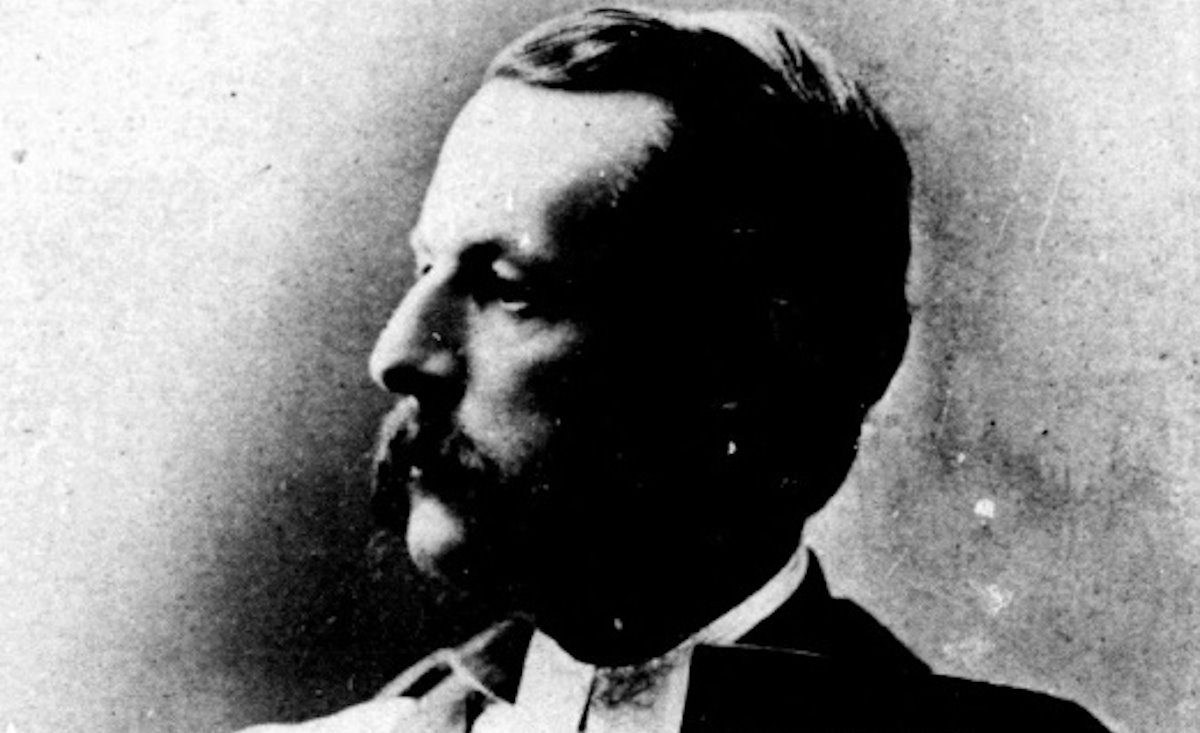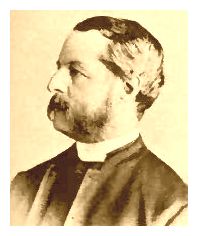 Arthur Sweatman and the idea of the club. Known as an early advocate of specific youth provision, the Most Rev. Arthur Sweatman also contributed to thinking around the development of working men’s clubs.
Arthur Sweatman and the idea of the club. Known as an early advocate of specific youth provision, the Most Rev. Arthur Sweatman also contributed to thinking around the development of working men’s clubs.
Arthur Sweatman (1834-1909) was the son of a doctor on the staff of the Middlesex Hospital and was educated at University College School and Christ’s College, Cambridge. He graduated in 1859 (with an Honours in Mathematics), and was ordained in 1862. He was first a curate at Holy Trinity, Lincoln and was later at St Stephen’s Canonbury. He left his first curacy to become a master at the Islington Preparatory School. A visiting headmaster (from Huron College, Upper Canada) was impressed with his work with young men and suggested he come to work in Canada. This he did and became the Principal of Hellmuth Boys’ College in London, Ontario. He later became the Examining Chaplin and Clerical Secretary to the Bishop of Huron, then the Clerical Secretary of the Diocese, In 1879 he was consecrated as the Third Bishop (later Archbishop) of Toronto. [These details are taken from Eagar 1953: 161-162, footnote 2 and Hayes (1994)].
Sweatman’s particular contribution to informal education and youth work lay in his recognition of developments around youth institutes and clubs in the late 1850s and early 1860s, and his advocacy of such work in a paper read to the Social Science Association in Edinburgh in October 1863. (The full text of the paper can be found in the informal education archives). According to Booton (1985: 22) it is the earliest advocacy of specific youth provision. ’Sweatman’s statement expresses a central idea, that the social condition of young people (mainly in this case, lads) warranted specific intervention with the aim of a general cultural improvement; that this need was urgent, and sufficiently extensive to require nothing less than a completely new type of social institution’ (op. cit.). His message was given extra weight by the fact that Henry Solly picked up on the paper and reprinted it in his classic work on working men’s clubs.
Eagar comments:
He died… leaving an impression of great ability, of enduring love for the young and a singularly energetic yet gentle character. He was remembered with particular fondness by the boys in the schools and choirs with which he was concerned. They had a large share of his heart and his affection: throughout his life he turned to the company of boys for real relaxation.
See: Sweatman: Youths’ Clubs and Institutes.
References
Booton, F. (ed.) Studies in Social Education Volume 1: 1860-1890, Hove: Benfield Press. 199 pages. This collection of material includes Sweatman’s paper on youth institutes and clubs, the full text of Maude Stanley’s Clubs for Working Girls, plus Pilkington’s ‘An Eton Playing Field’. Booton’s introduction helpfully sets these in context.
Eagar, W. McG. (1953) Making Men. The history of the Boys’ Clubs and related movements in Great Britain, London: University of London Press.437 pages. Quite the best historical treatment of UK youth work. Eagar begins by discussing the recognition of adolescence; the development of church and philanthropic concern around youth; and the emergence of ragged schooling, clubs, settlements and missions and then charts the history of the boys’ clubs movement. There is some material on girl’s clubs. He is particularly strong on the idea of the club, linkages into schooling and rescue, and how these related to other Victorian institutions and concerns. Includes a useful footnote on Sweatman. Thoroughly recommended.
Hayes, Alan (1994). Dictionary of Canadian Biography. Toronto: University of Toronto Press/Les Presses de l’université Laval. ISBN 0-8020-3998-7
Solly, H. (1867) Working Men’s Clubs (revised edn. 1904), London: Simpkin, Marshall, Hamilton, Kent and Co.
Sweatman, A. (1863) ‘Youths’ clubs and institutes’ in H. Solly (1867) Working Men’s Clubs (revised edn. 1904), London: Simpkin, Marshall, Hamilton, Kent and Co. Reproduced in the archives.
Acknowledgements: The pictures of Arthur Sweatman were sourced from the Wikimedia Commons – and are believed to be in the public domain.
How to cite this piece: Smith, M. K. (1999). Arthur Sweatman and the idea of the club, the encyclopedia of pedagogy and informal education. [https://infed.org/mobi/arthur-sweatman-and-the-idea-of-the-club/. Retrieved: insert date].
© Mark K. Smith 2001.

